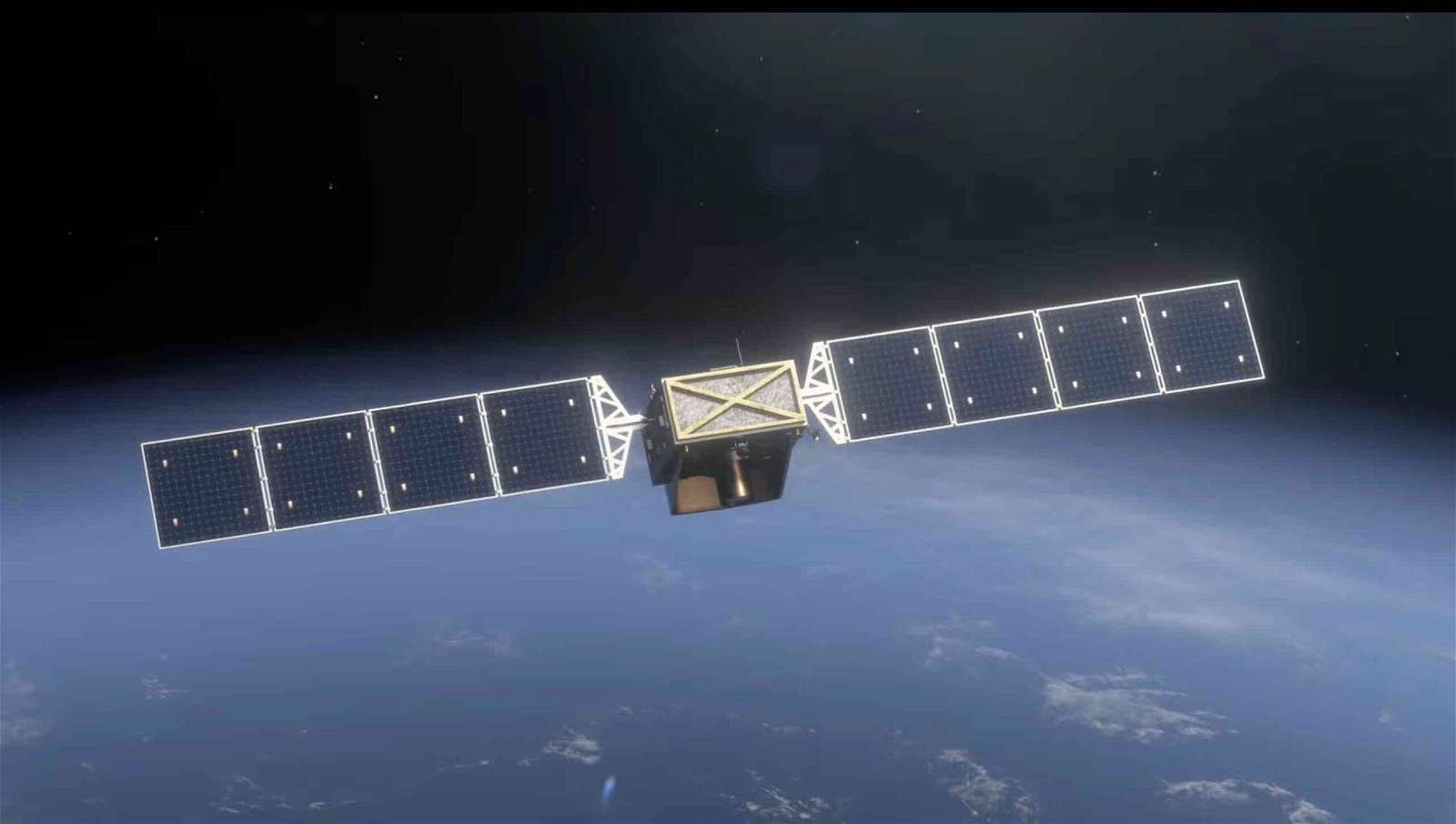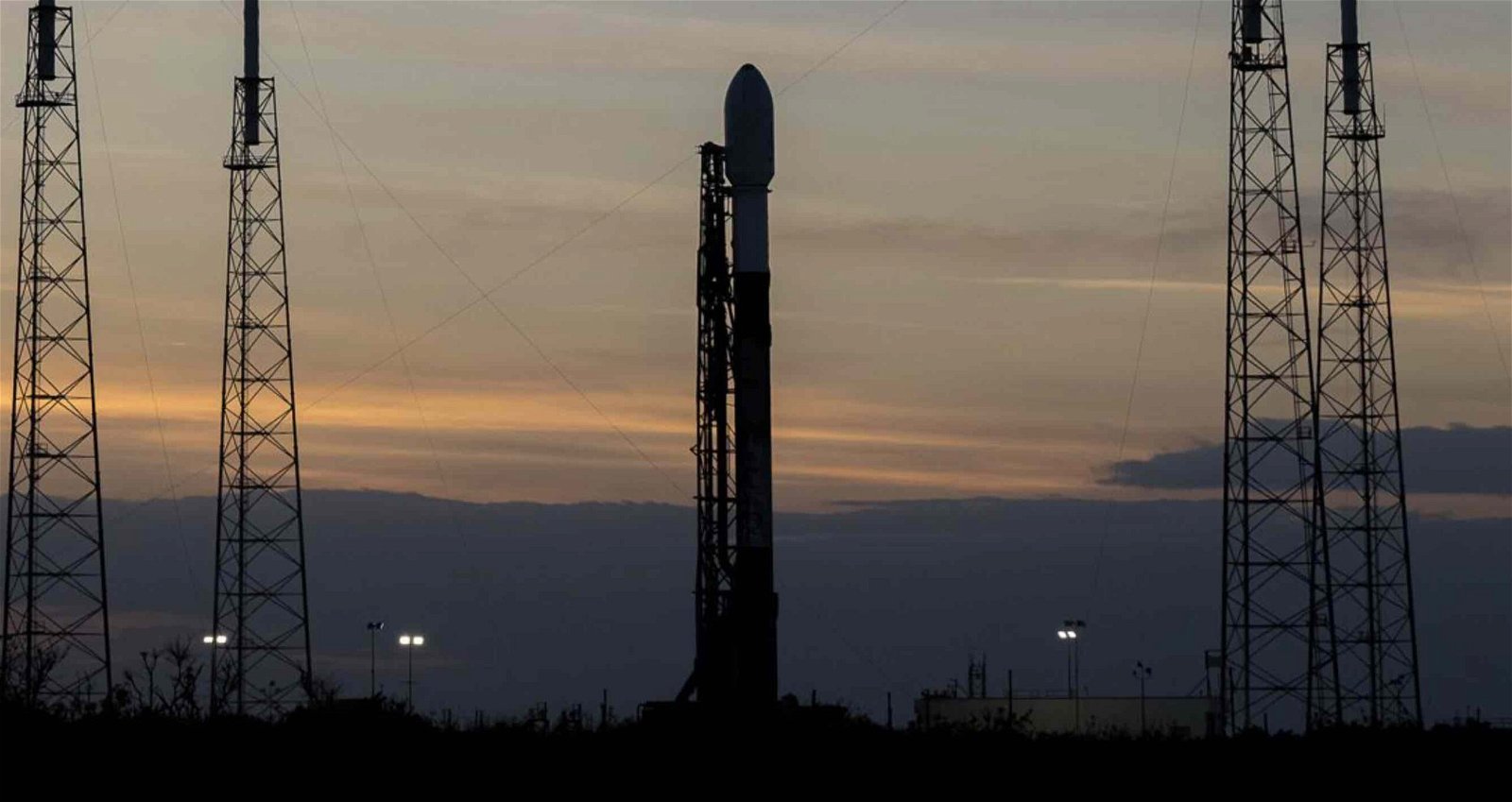Love is in the air, and soon, so will be a classified payload the United States Space Force plans to launch on a secretive national security operation this Valentine’s Day.
The mission to low-Earth orbit, USSF-124, is a classified project being undertaken by the Space Force about which few details have been made available.
If all goes according to plan, the mission will launch at 5:30 p.m. aboard a SpaceX Falcon 9 from Cape Canaveral Space Force Station’s Space Launch Complex 40 (SLC-40) in Florida.
Currently, what few details have been released indicate that the mission will be carrying a pair of satellites into orbit as part of the launch of the Hypersonic and Ballistic Tracking Space Sensor (HBTSS) mission for the US Missile Defense Agency.


HBTSS satellites are designed with enhanced capabilities for detecting and tracking hypersonic threats, which produce less obvious signatures than traditional ballistic missiles. Along with continuous tracking, HBTSS satellites also help to facilitate handoff for targeting after hypersonic weapons are detected.
Hypersonic glide vehicles (HGVs) present a range of new challenges when compared with ballistic missiles. Capable of speeds greater than 3000 miles per hour and rapid changes in trajectory, altitude, and speed, all of which allow them to evade traditional missile defense systems.
Compared with contemporary radar systems, a constellation of tracking satellites allows continuous monitoring capabilities against hypersonic threats regardless of their position, and allows detection and tracking from the time of their launch until their reentry from space.
Paired with ground-based radar systems, HBTSS satellites also allow holes in viewing that past early warning detection systems to be secured.
According to the Missile Defense Agency, HBTSS satellites like those that are expected to launch today will complement advanced radar systems on land and at sea, as well as tracking satellites previously deployed by the U.S. Space Force, which ultimately will provide potentially crucial data for targeting and interception of hypersonic craft.
In addition to the pair of HBTSS satellites that will launch today–one built by one by Northrop Grumman, the other by L3Harris–four SDA Tranche 0 Tracking Layer missile warning satellites produced by L3Harris are also scheduled to be launched aboard USSF-124. Previously scheduled for launch on SDA Tranche OB, production delays reportedly led to their removal.
The 313th SpaceX mission and its 13th of 2024, today’s Valentine’s Day launch will be the seventh involving the first stage booster SpaceX is employing to launch the mission, also used for launches of the Crew-6, SES O3b mPOWER, and several recent Starlink missions.
Should any issues arise, the next launch window will occur on Thursday at the same time, which SpaceX will be streaming live beginning 15 minutes before launch.
Micah Hanks is the Editor-in-Chief and Co-Founder of The Debrief. He can be reached by email at micah@thedebrief.org. Follow his work at micahhanks.com and on X: @MicahHanks.

